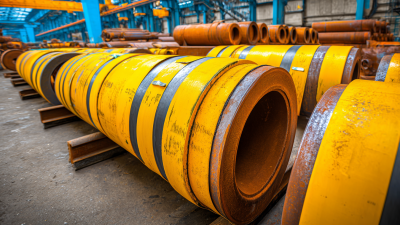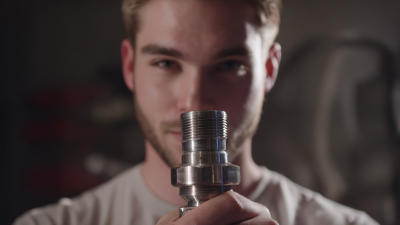In the realm of HVAC systems, maximizing efficiency and ensuring durability are paramount, which is where Duct Band Clamps come into play. A report by the American Society of Heating, Refrigerating and Air-Conditioning Engineers (ASHRAE) suggests that improper ductwork connections can lead to a significant increase in energy loss, estimated at up to 30% of heating and cooling efficiency.
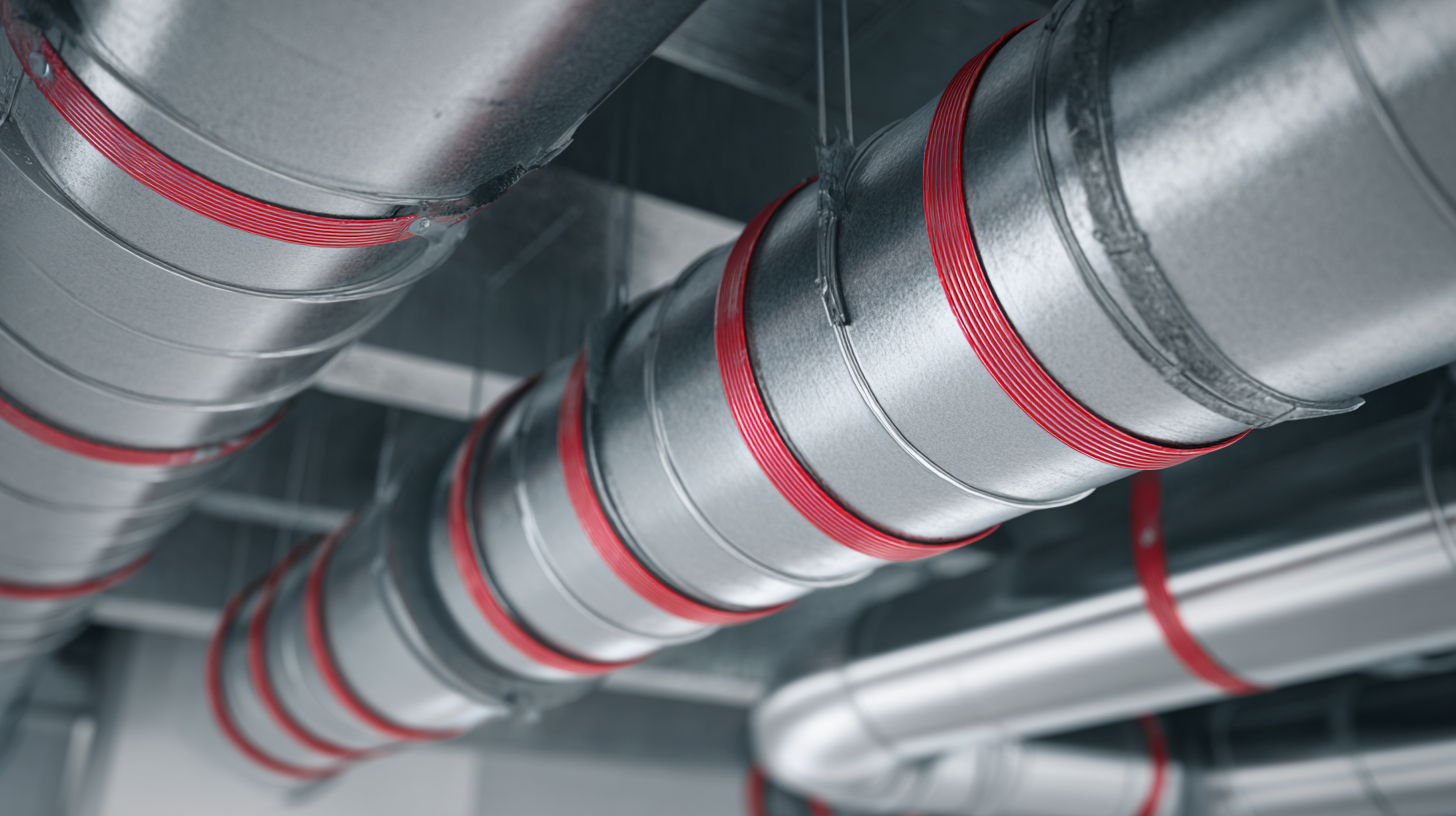
Duct Band Clamps offer a reliable solution by providing a tight seal that minimizes air leaks and enhances airflow. This not only improves system performance but also contributes to lower energy bills and improved comfort levels in residential and commercial settings. As the demand for energy-efficient HVAC systems grows, understanding the benefits of using Duct Band Clamps becomes essential for industry professionals aiming to optimize their installations.
Duct band clamps play a crucial role in enhancing the efficiency of HVAC systems, offering several key advantages that align with the latest advancements in building technology and energy management. One of the primary benefits is their ability to ensure airtight connections between duct segments, reducing the likelihood of air leaks. According to industry studies, maintaining a proper seal can improve HVAC efficiency by up to 20%, significantly lowering energy costs and maintaining optimal thermal comfort within buildings.
Additionally, the use of duct band clamps contributes to easier installation and maintenance of HVAC systems. With a streamlined process for connecting ducts, contractors can save time and resources during setup. This efficiency is particularly relevant in modern constructions, including mass timber projects, where the integration of HVAC with other building systems is essential for maximizing overall performance. A clean and efficient HVAC system is not just an operational imperative; it is increasingly becoming a standard in sustainable building practices, underscoring the importance of tools like duct band clamps in promoting environmental responsibility while optimizing energy use.
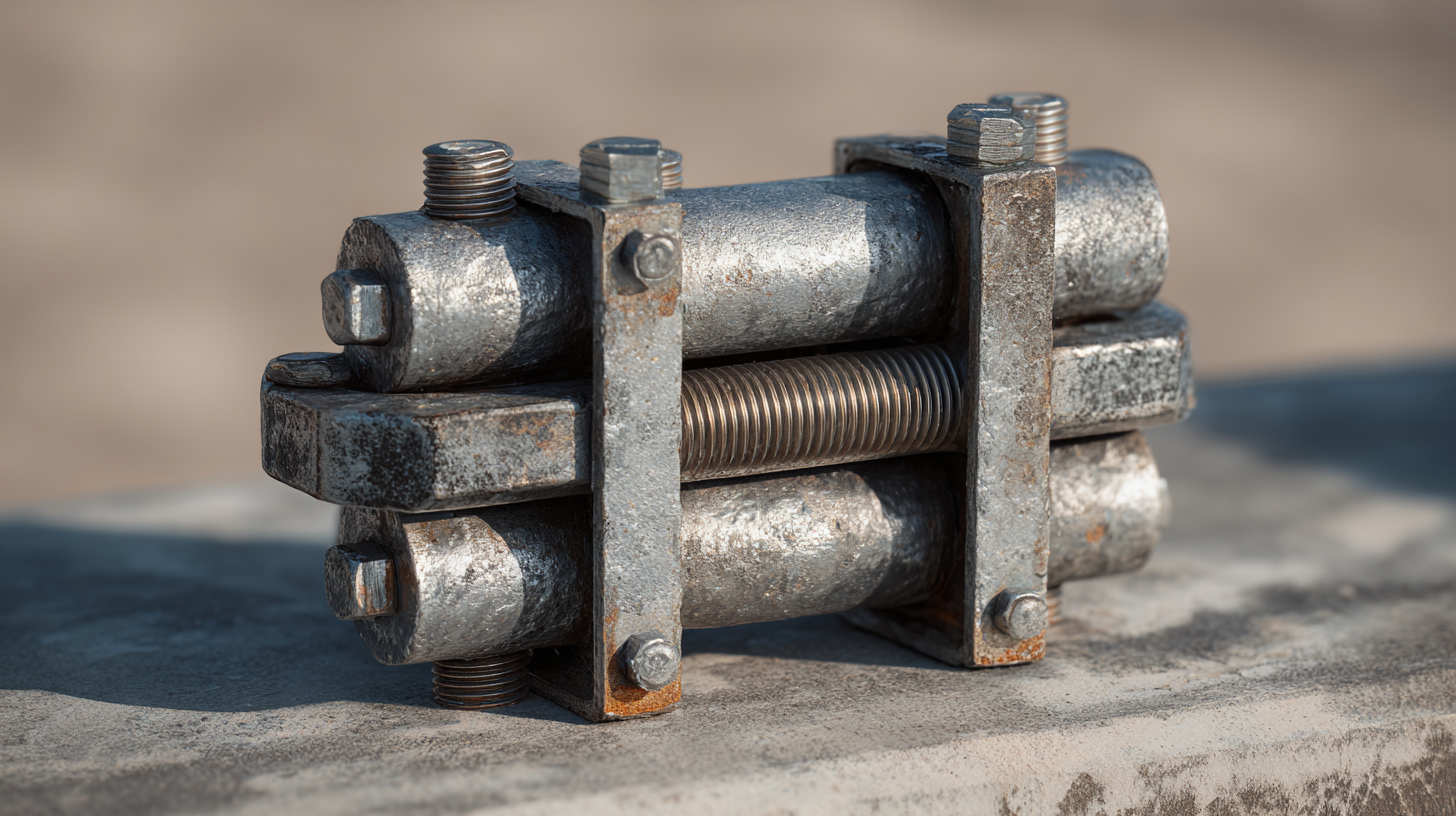
Duct band clamps play a pivotal role in enhancing airflow performance within HVAC systems. One of the primary reasons they are favored is their ability to create a tight seal around ductwork. This prevents air leaks that can severely hinder system efficiency. By ensuring that every bit of conditioned air reaches its destination, duct band clamps contribute to a more effective and cost-efficient operation of heating and cooling systems.
Another significant advantage is their versatility in handling different duct sizes and materials. Whether your system includes round, rectangular, or oval ducts, duct band clamps can accommodate them all, making them an excellent choice for various HVAC designs. The durability of these clamps also means they can withstand high pressure and temperature, ensuring long-term performance without frequent replacements.
Tips: When installing duct band clamps, always ensure that they are adequately tightened to prevent future leaks. Regularly inspect your HVAC system for any loose clamps or connections and address them promptly to maintain optimal airflow. In areas with high humidity, consider using corrosion-resistant materials for clamps to prolong their lifespan.
When installing duct band clamps in HVAC systems, proper installation is crucial for ensuring optimal performance and efficiency.
First and foremost, always ensure that the duct edges are clean and free from debris. A report from the American Society of Heating, Refrigerating and Air-Conditioning Engineers (ASHRAE) indicates that even minor contaminants can lead to leaks, which may increase energy consumption by up to 20%. This makes effective sealing essential for maintaining energy efficiency.
Another essential tip is to apply equal pressure when tightening the clamps. Over-tightening can cause damage to the duct material and lead to premature failure, while under-tightening can result in air leaks. A study published in the Journal of HVAC&R Research underscores the importance of uniform pressure, revealing that inconsistencies in clamping can decrease system efficiency by as much as 15%. Furthermore, it's advisable to periodically check the clamps after installation to ensure they remain secure, as vibrations and temperature fluctuations can affect their grip over time. Following these best practices can significantly enhance the longevity and performance of HVAC systems.
Duct band clamps play a vital role in enhancing the longevity and maintenance of HVAC systems. These clamps provide secure connections between ductwork segments, preventing leakage and ensuring optimal airflow. According to a report by the American Society of Heating, Refrigerating and Air-Conditioning Engineers (ASHRAE), proper duct sealing can improve energy efficiency by up to 20%. This not only translates to lower operational costs but also extends the lifespan of HVAC equipment, as systems do not have to work as hard to maintain desired temperatures.
Moreover, duct band clamps facilitate easier maintenance procedures. By ensuring a tight seal, they minimize the buildup of dust and debris, which can lead to system inefficiencies. A study published by the U.S. Department of Energy indicates that regular maintenance of HVAC systems can increase their lifespan by 30%. Therefore, using duct band clamps not only elevates system performance but also simplifies routine inspections and adjustments, contributing to a healthier working environment.
Tips: When installing duct band clamps, ensure they are properly sized to the duct diameter. Regularly check for signs of wear and tear on the clamps during routine maintenance to maintain optimal efficiency. Additionally, consider using insulated clamps to further enhance energy conservation.
When utilizing duct band clamps in HVAC systems, one of the most common mistakes is incorrect sizing. Choosing a clamp that is either too small or too large can lead to issues such as insufficient sealing or damage to the ductwork. A proper fit is crucial not only for maintaining the efficiency of the HVAC system but also for extending the lifespan of the ducts. Always measure the diameter of the duct before selecting a clamp to ensure optimal performance and a secure connection.
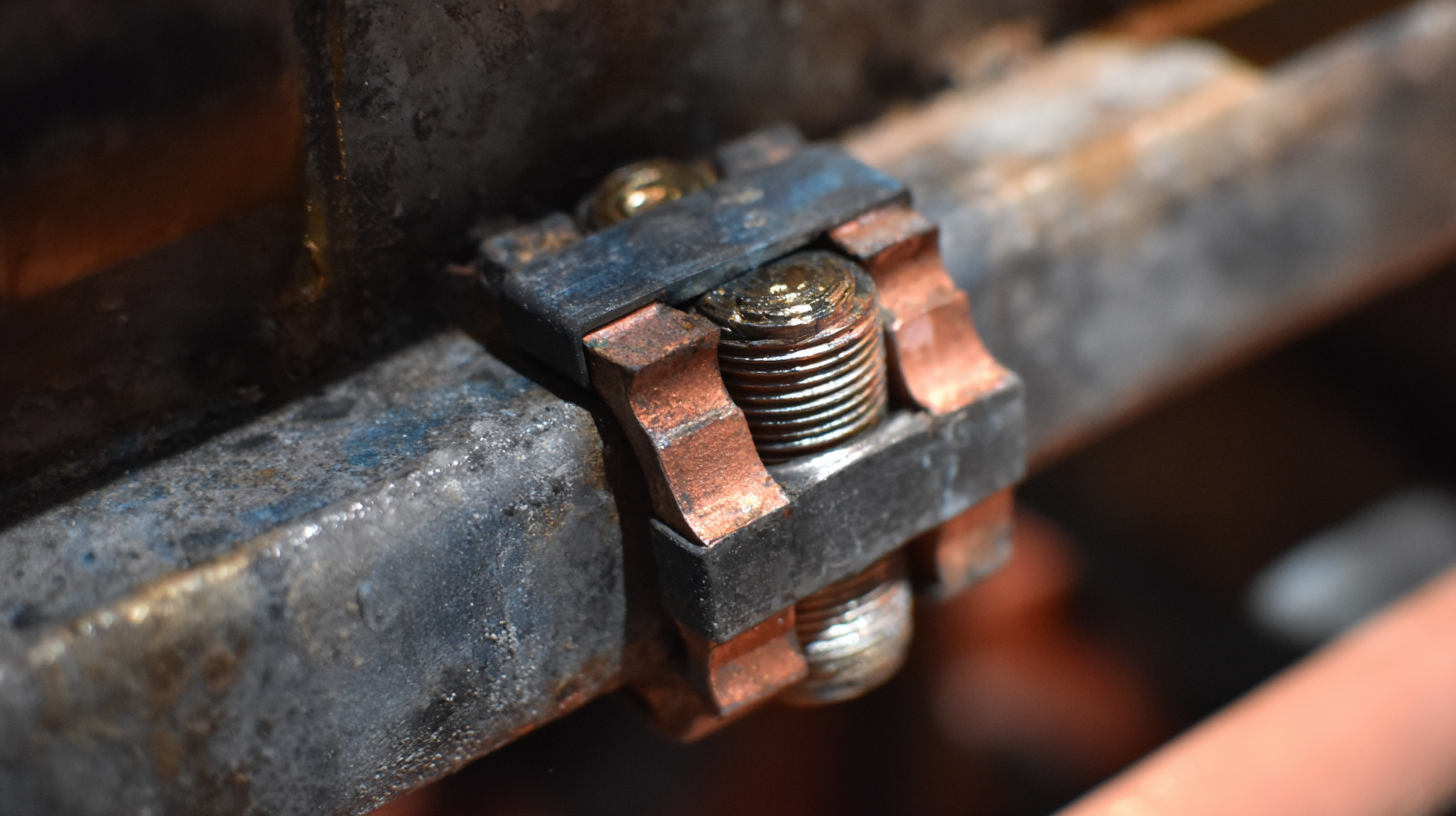
Another frequent oversight is inadequate tightening of the clamps. While it might seem intuitive to simply secure the clamps snugly, over-tightening can cause deformation of the duct and ultimately lead to leaks. Conversely, under-tightening can result in loose connections that will compromise airflow and system efficiency. It’s important to follow manufacturer guidelines to determine the appropriate torque settings for your specific clamps. Proper installation and maintenance practices will enhance the effectiveness of duct band clamps and contribute significantly to the performance of any HVAC system.




